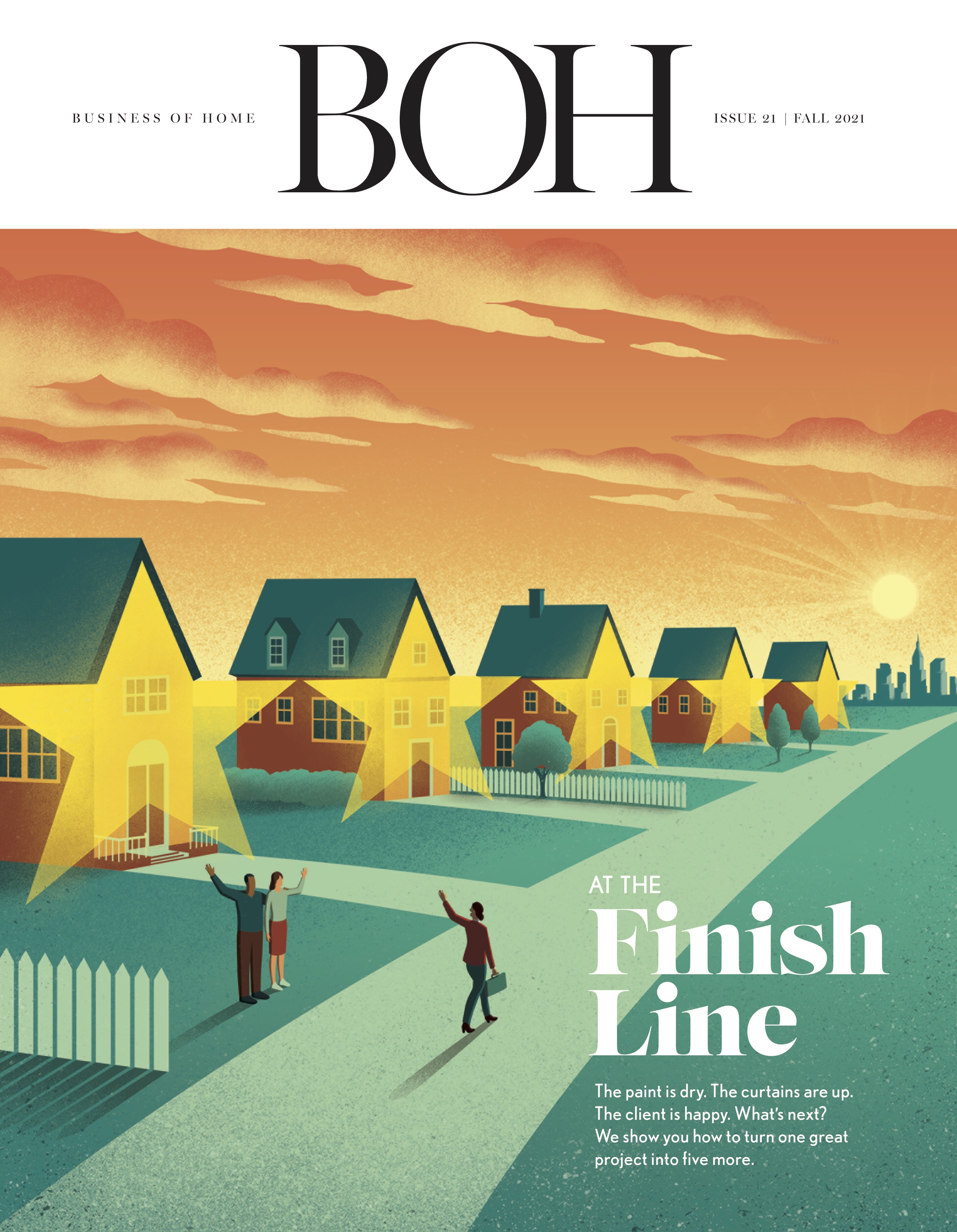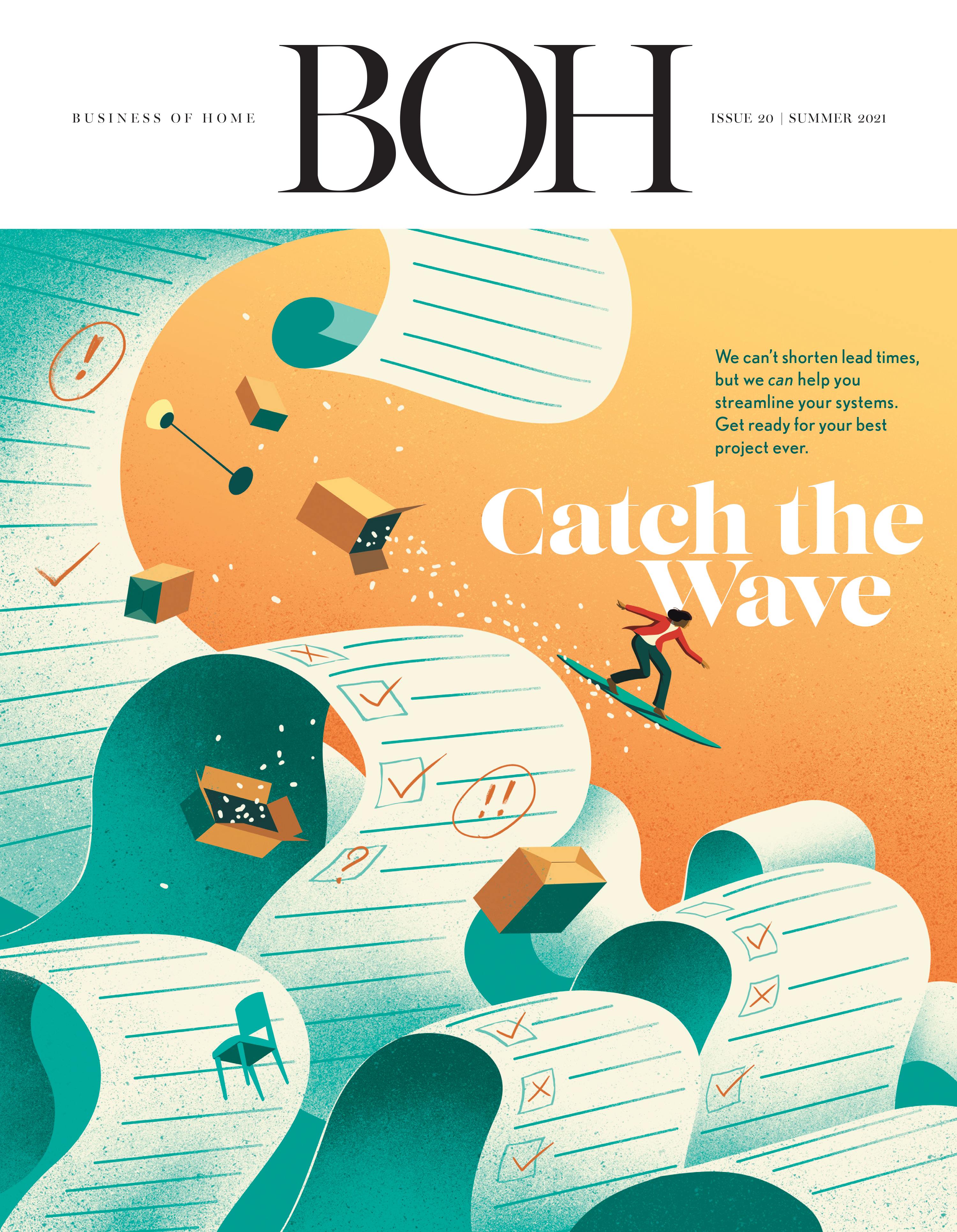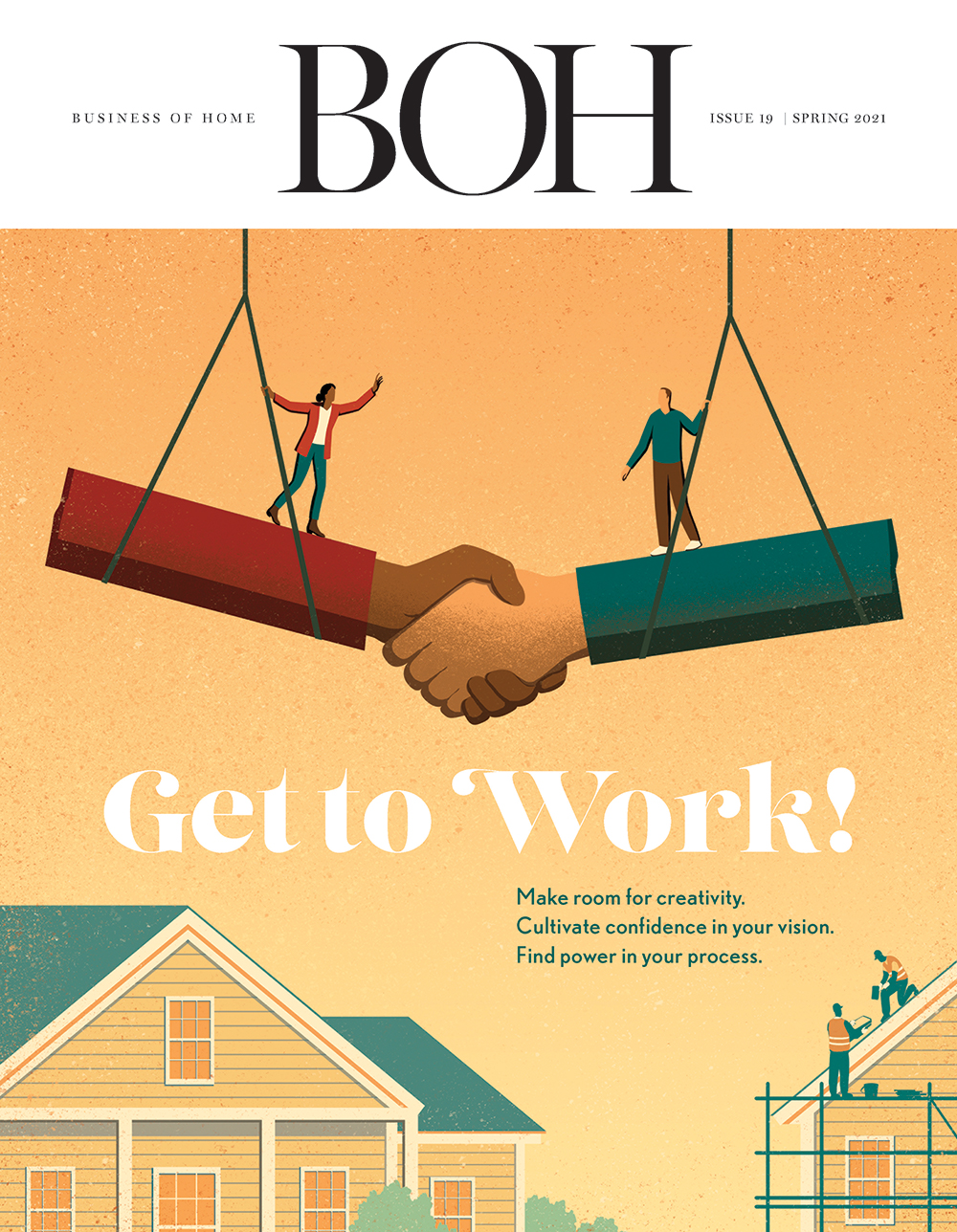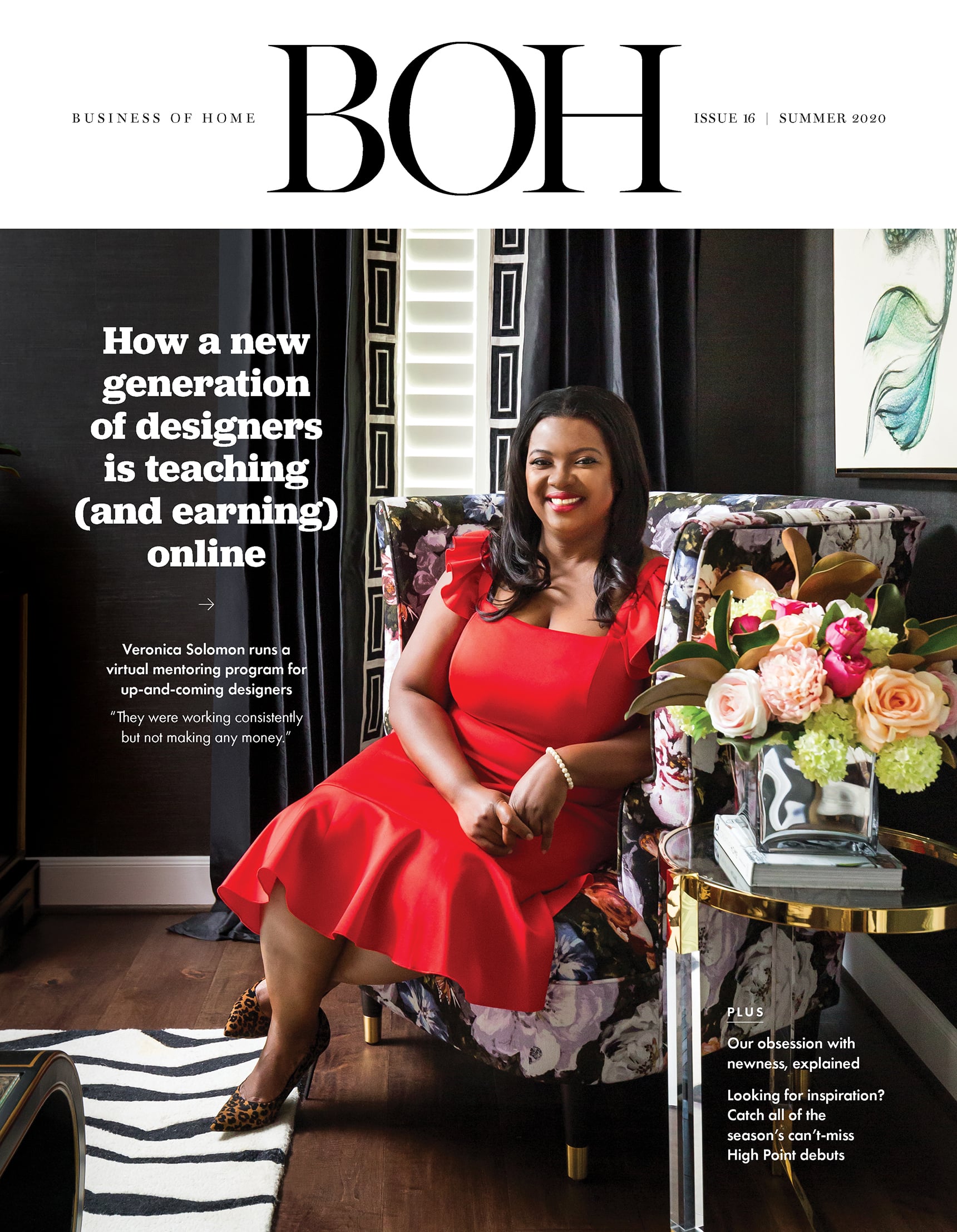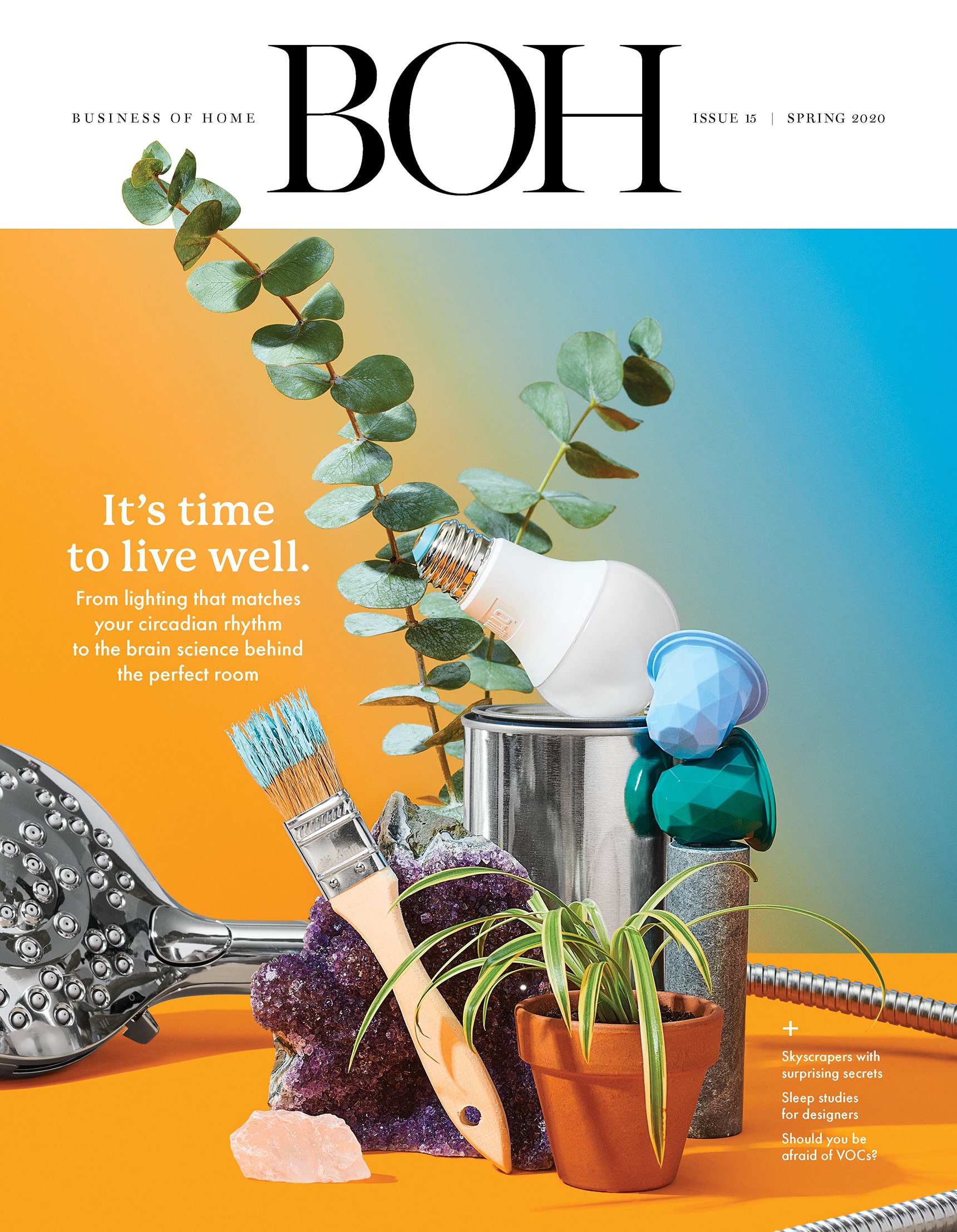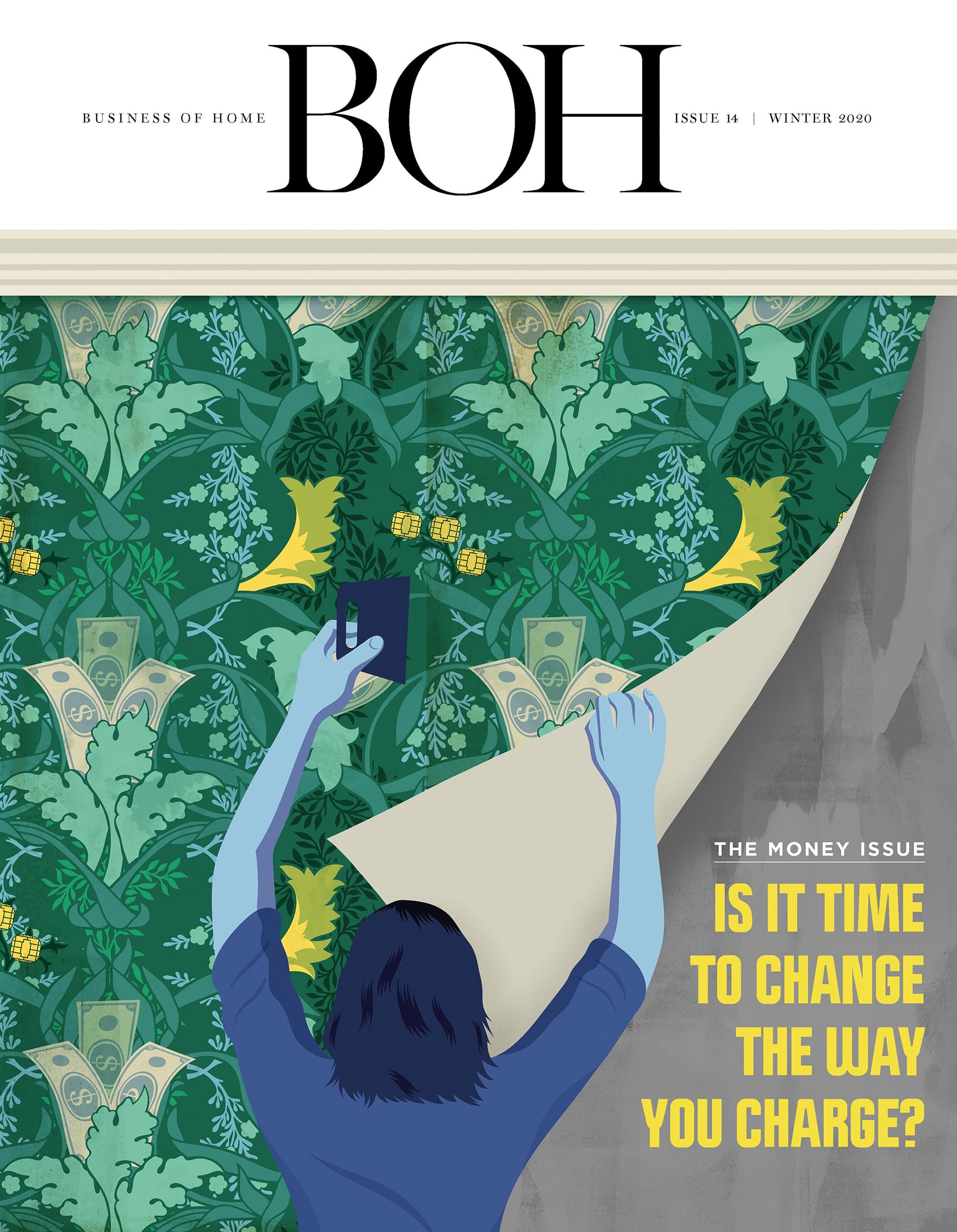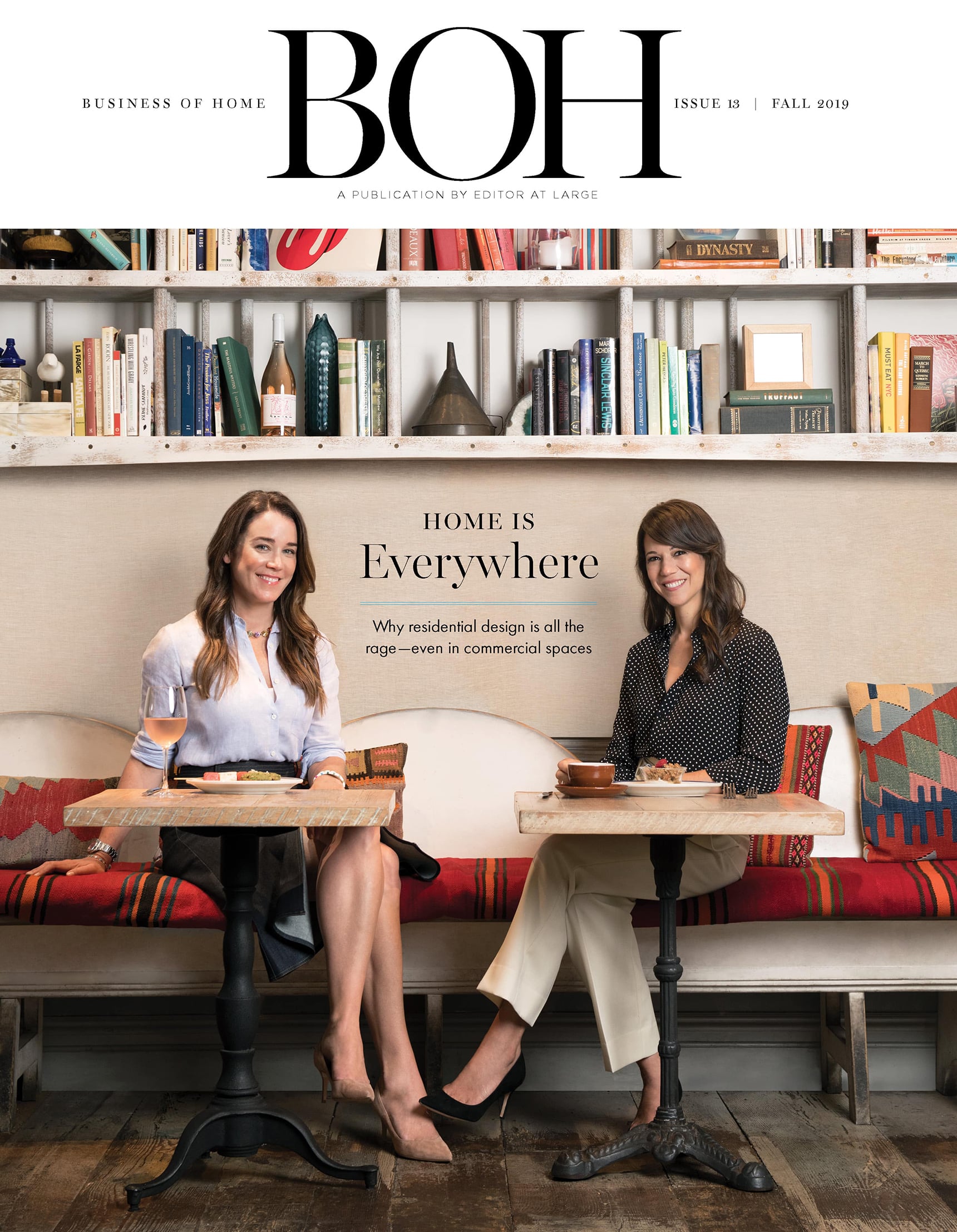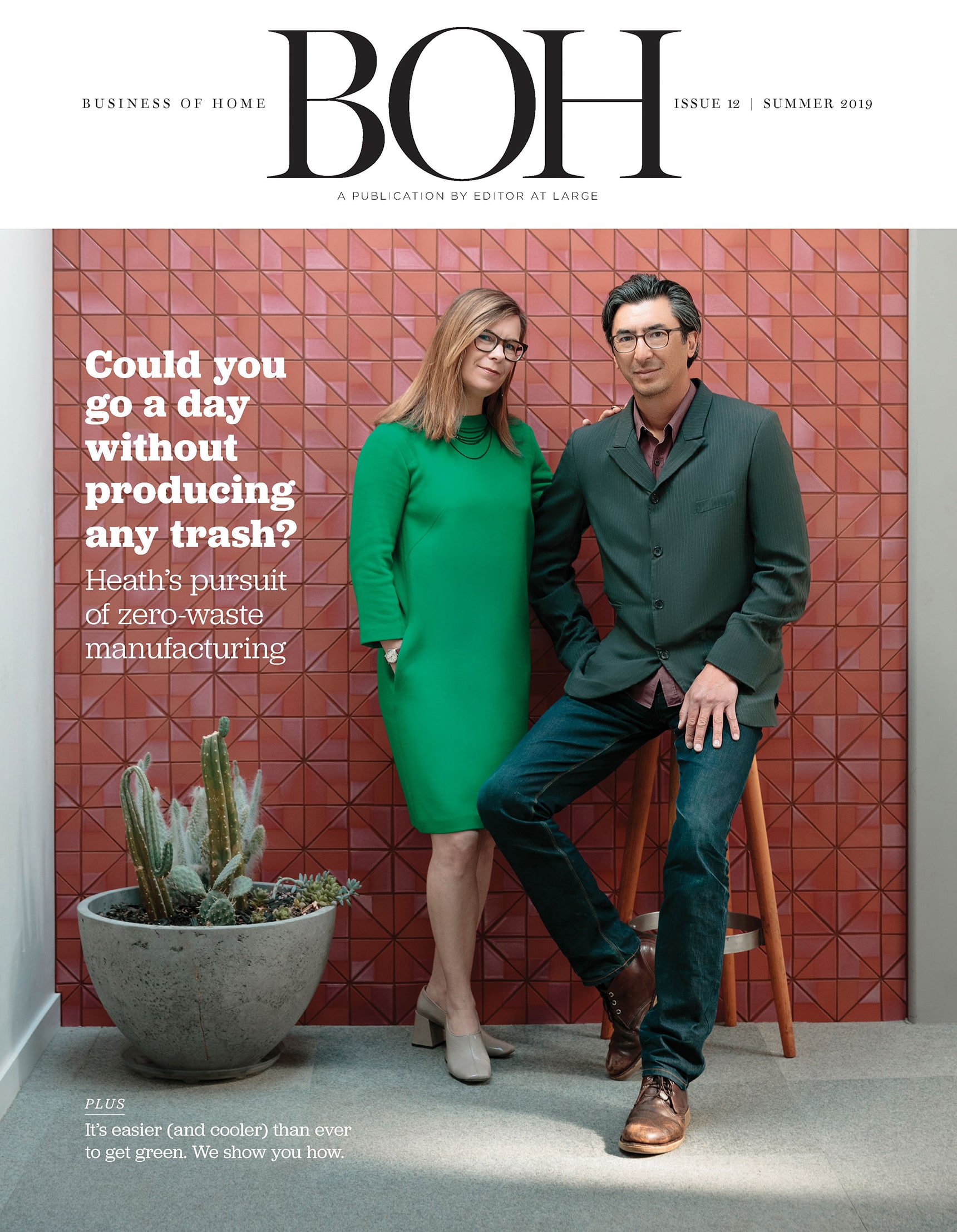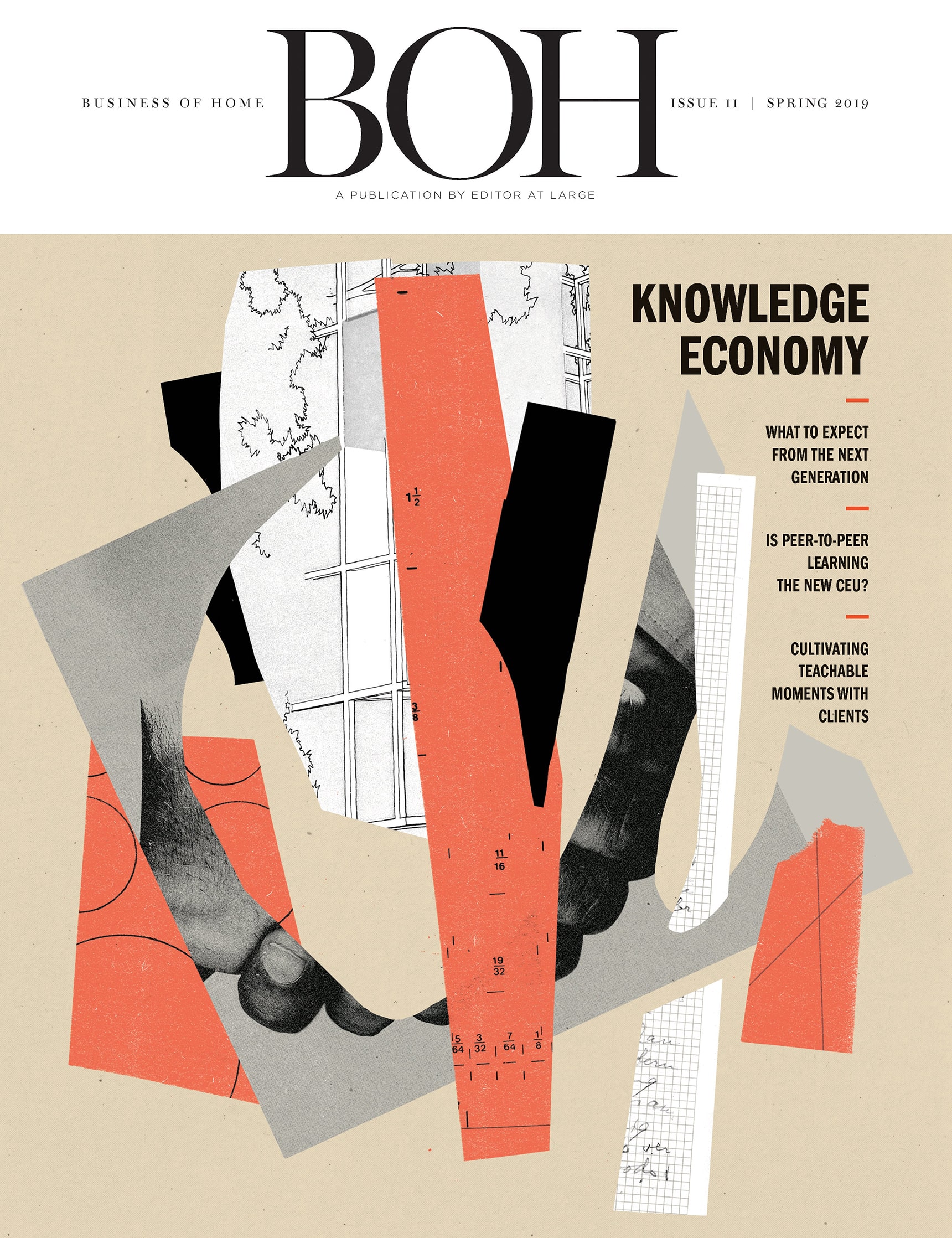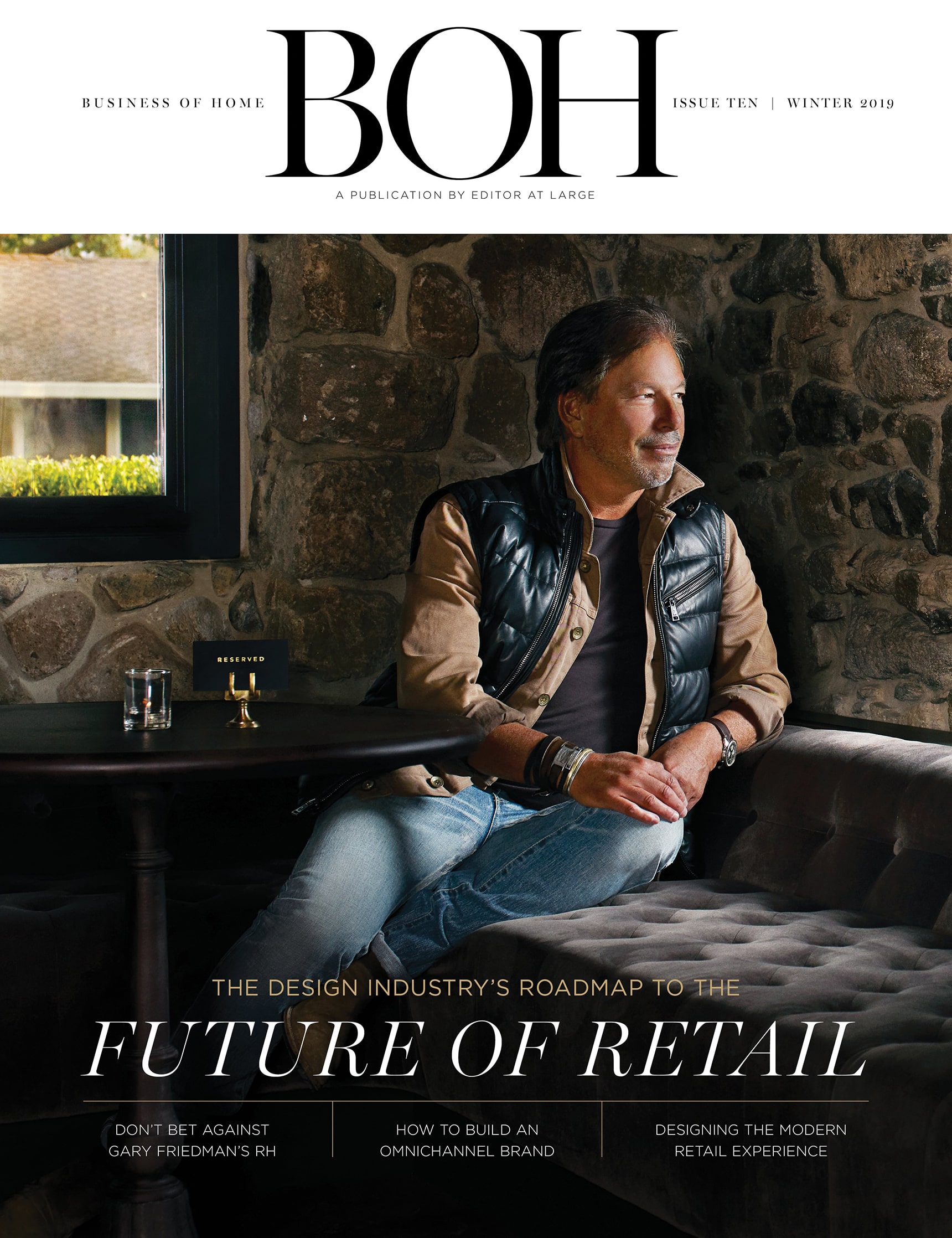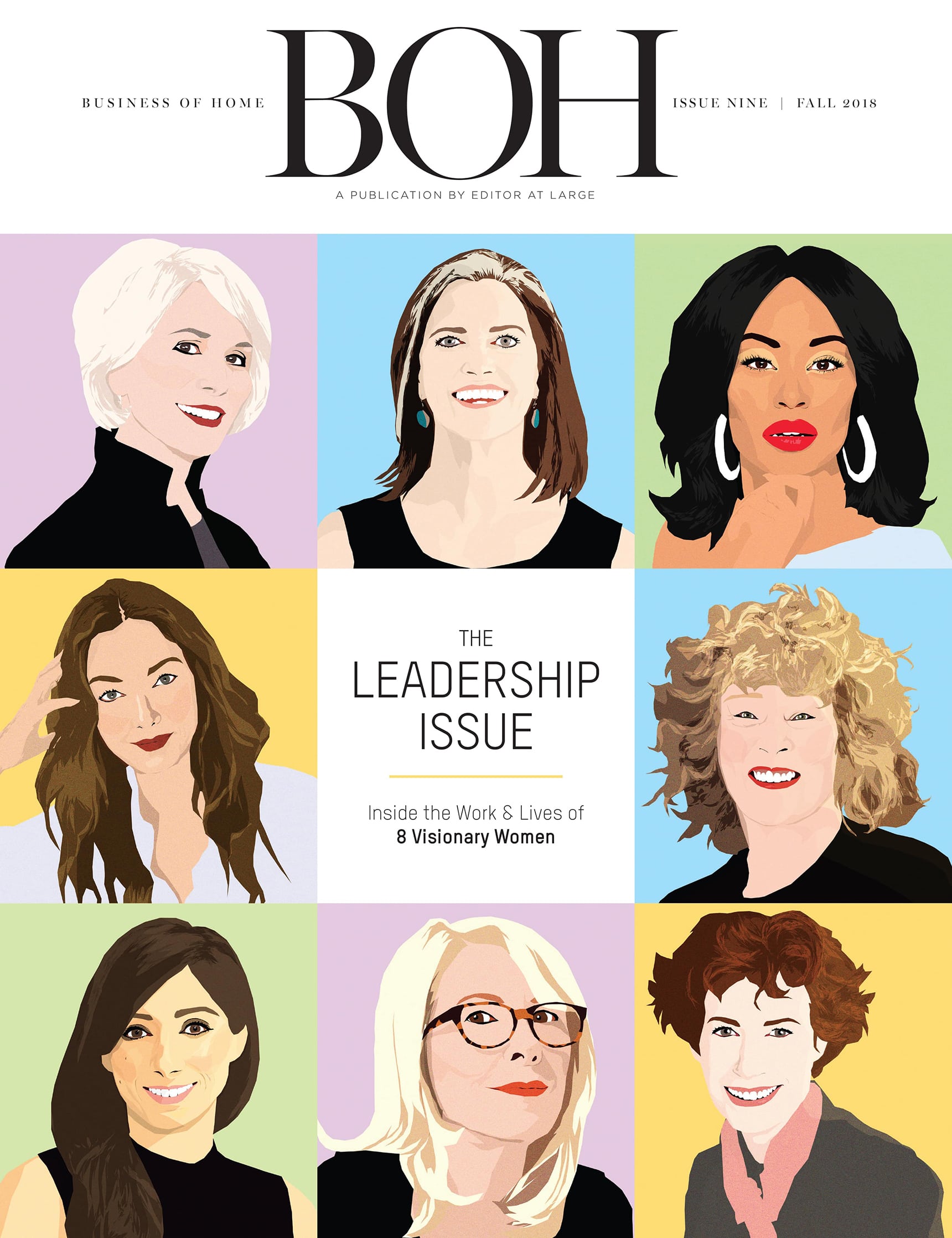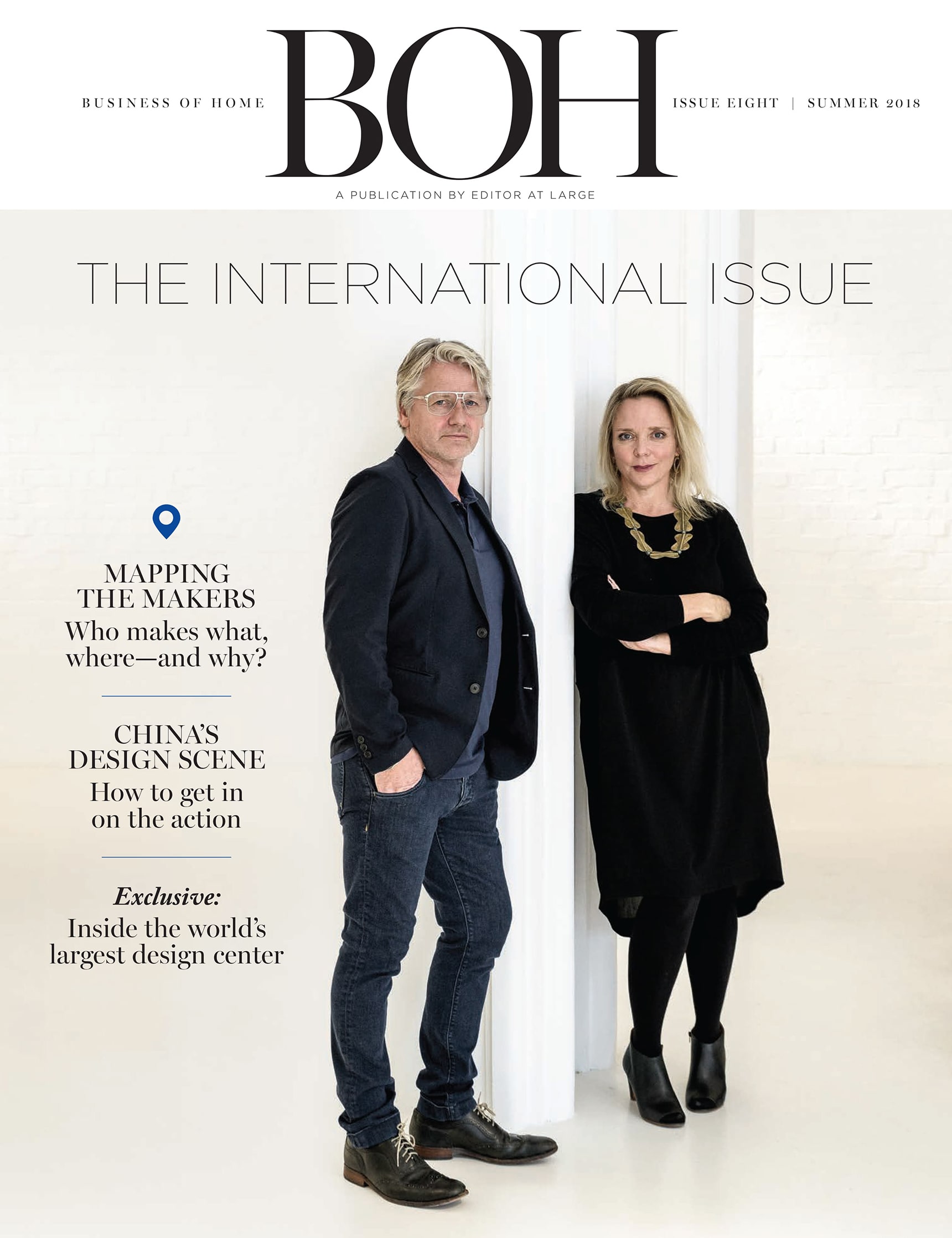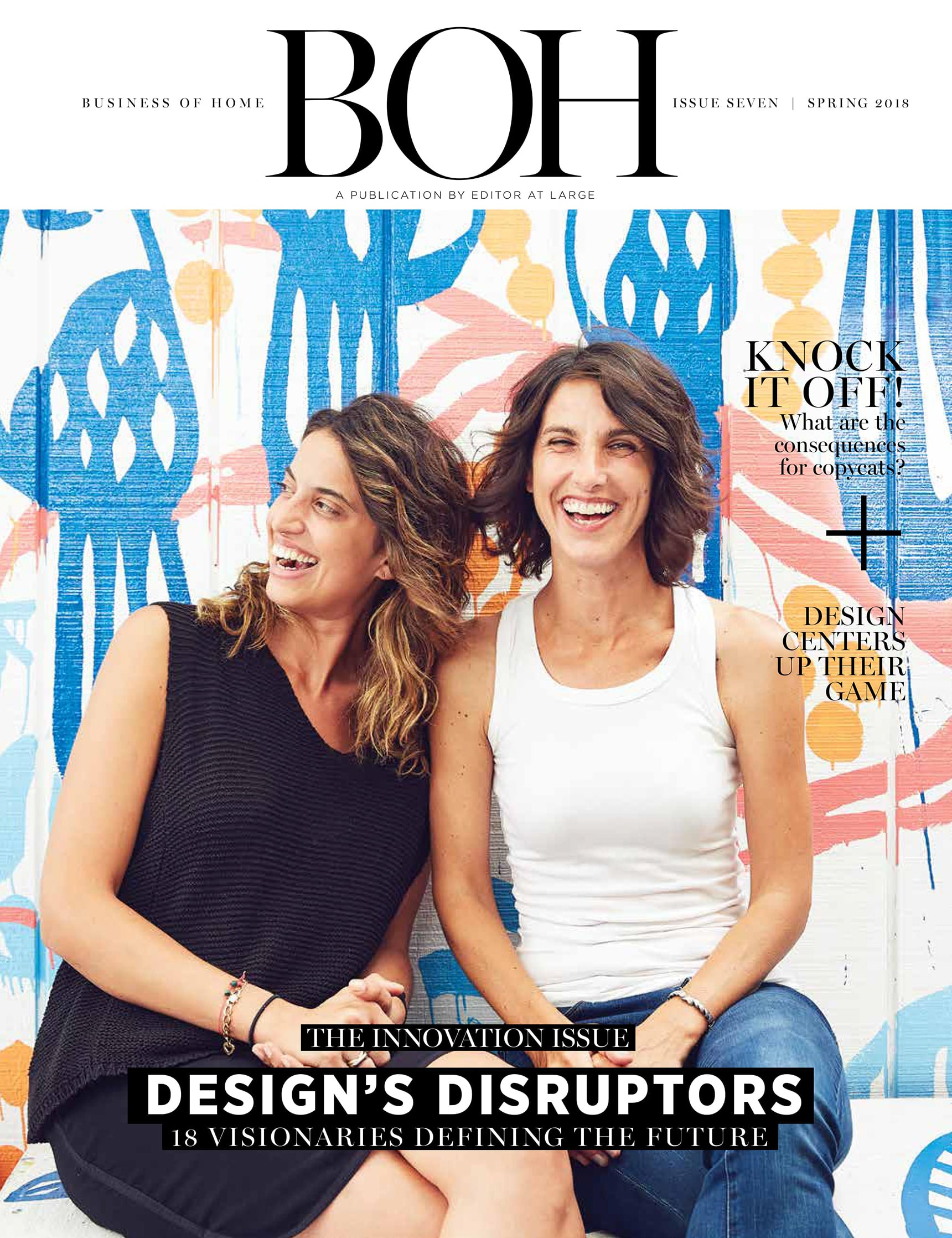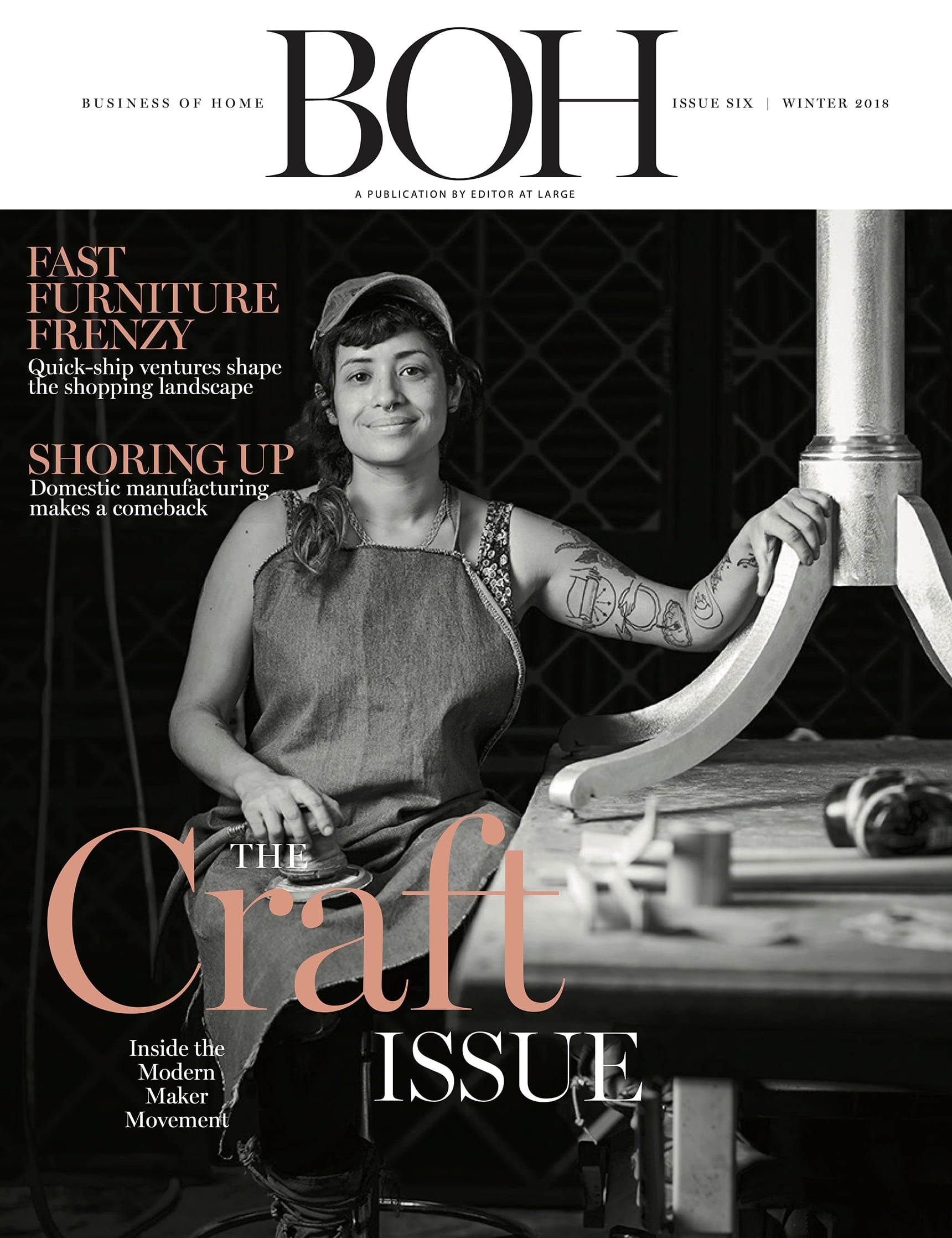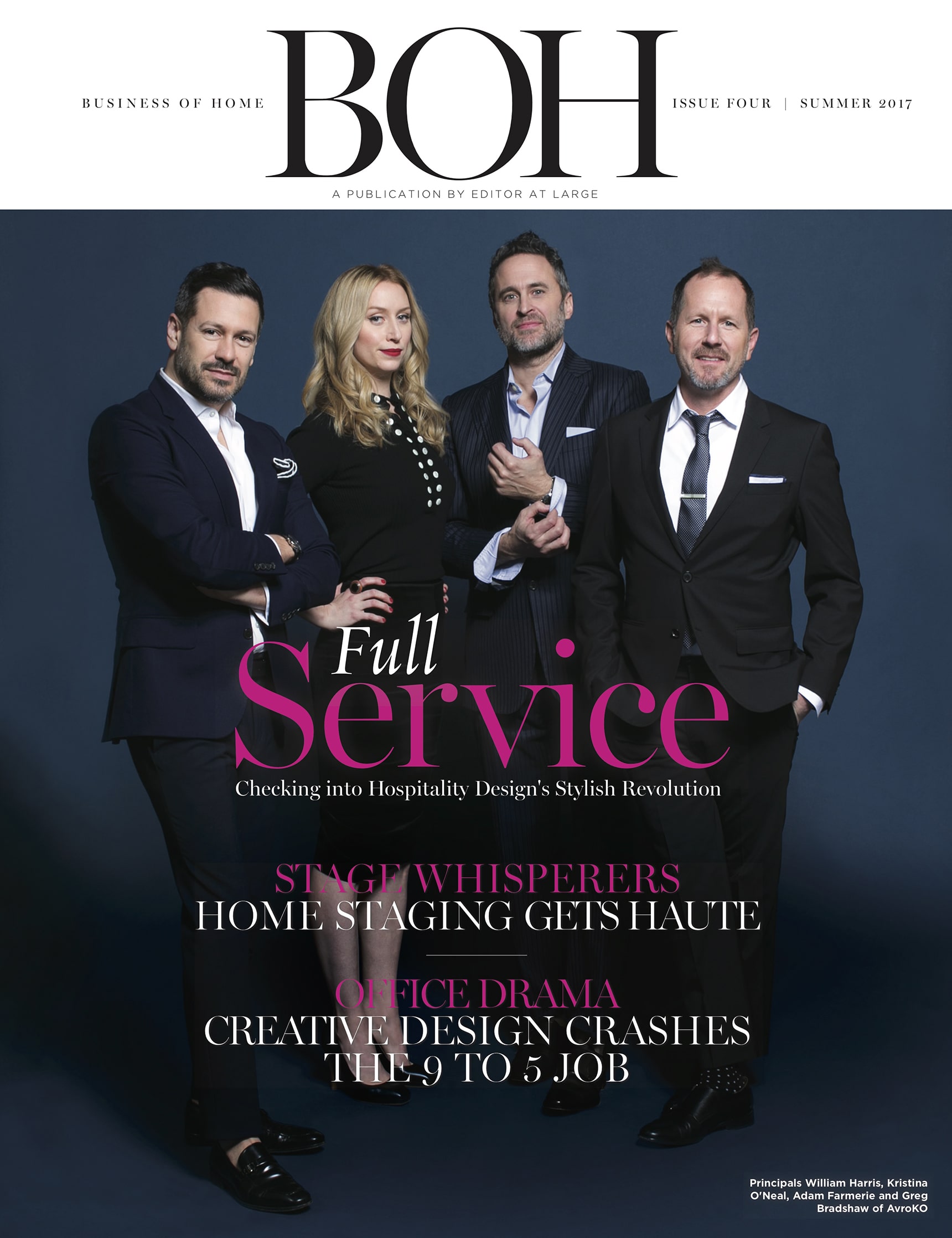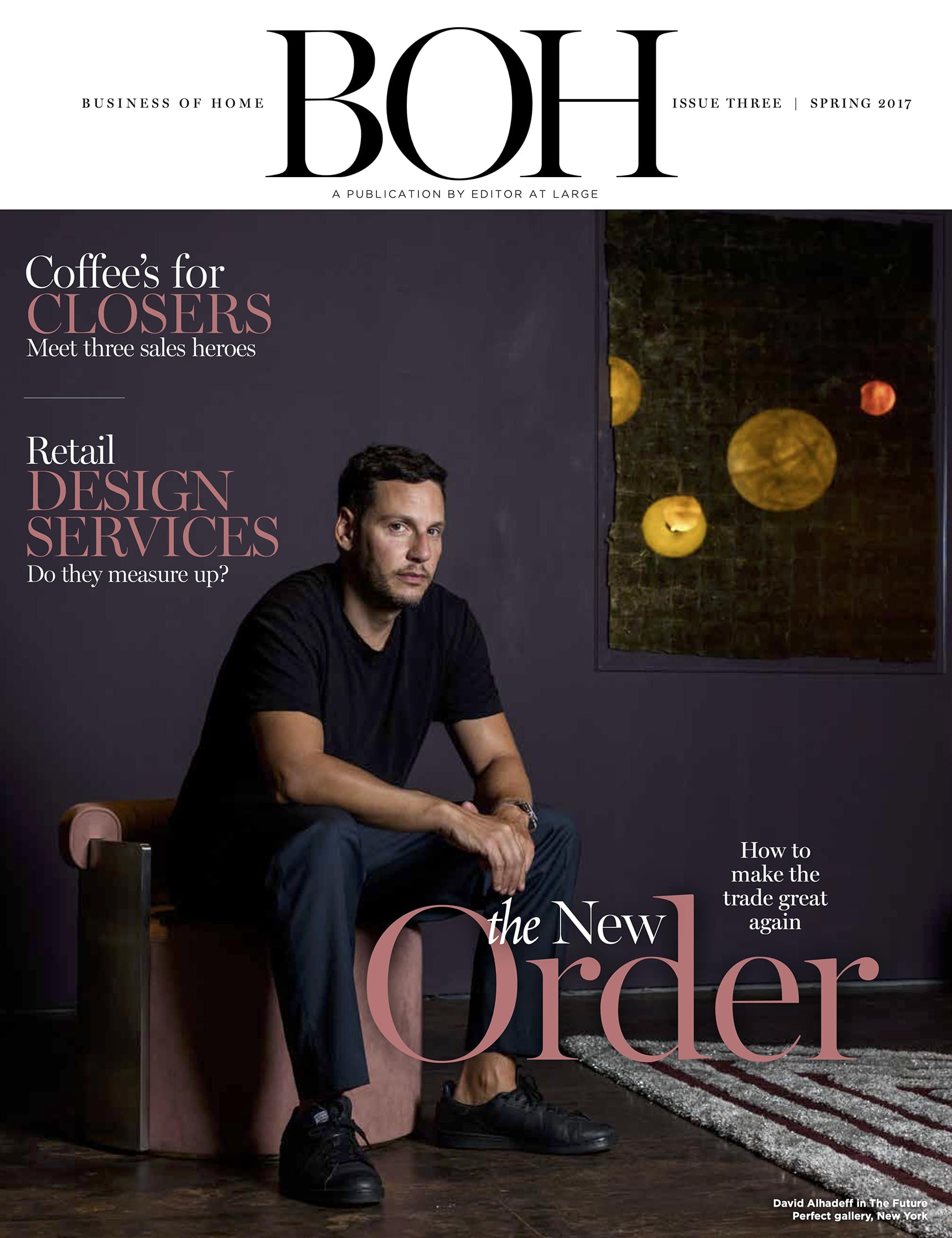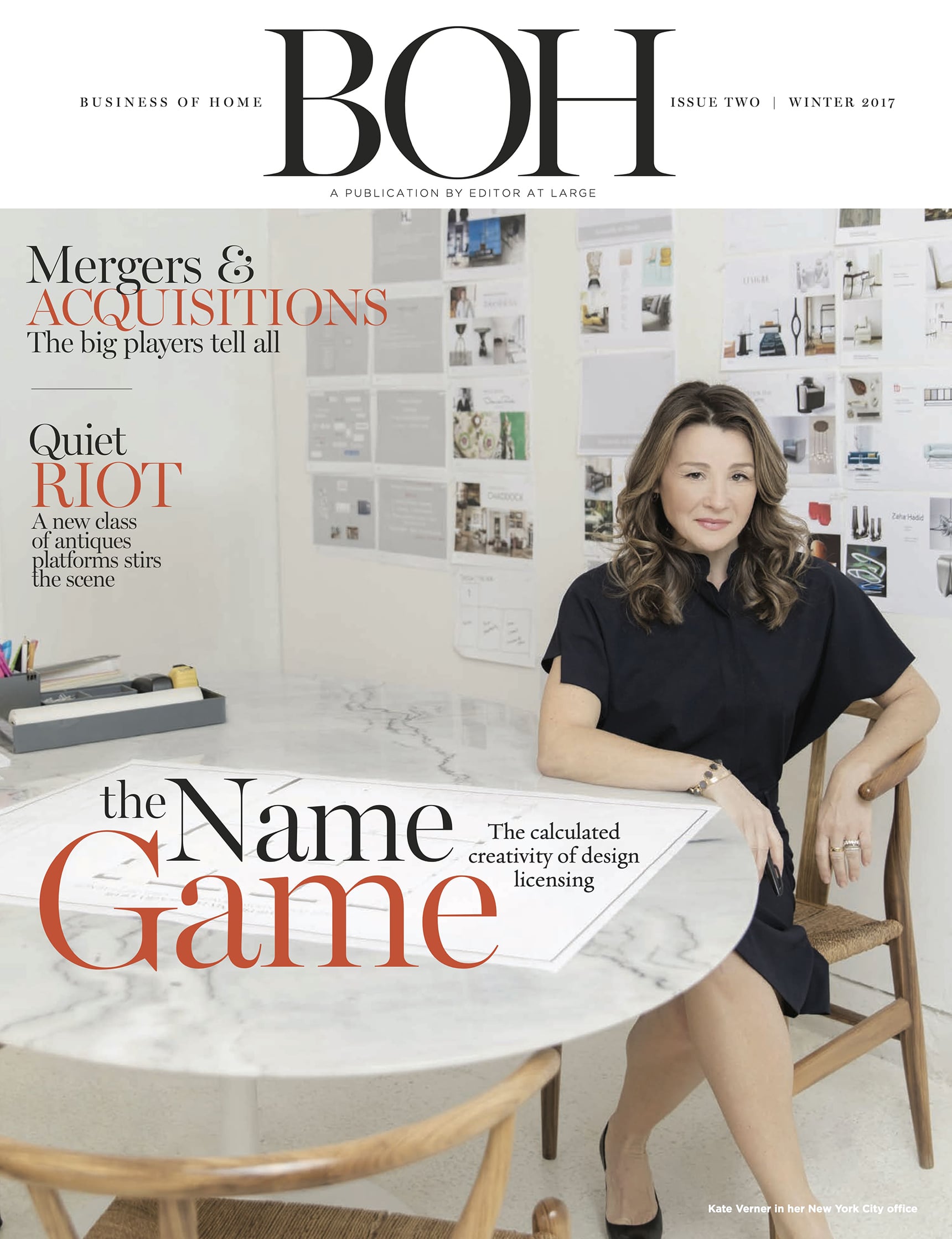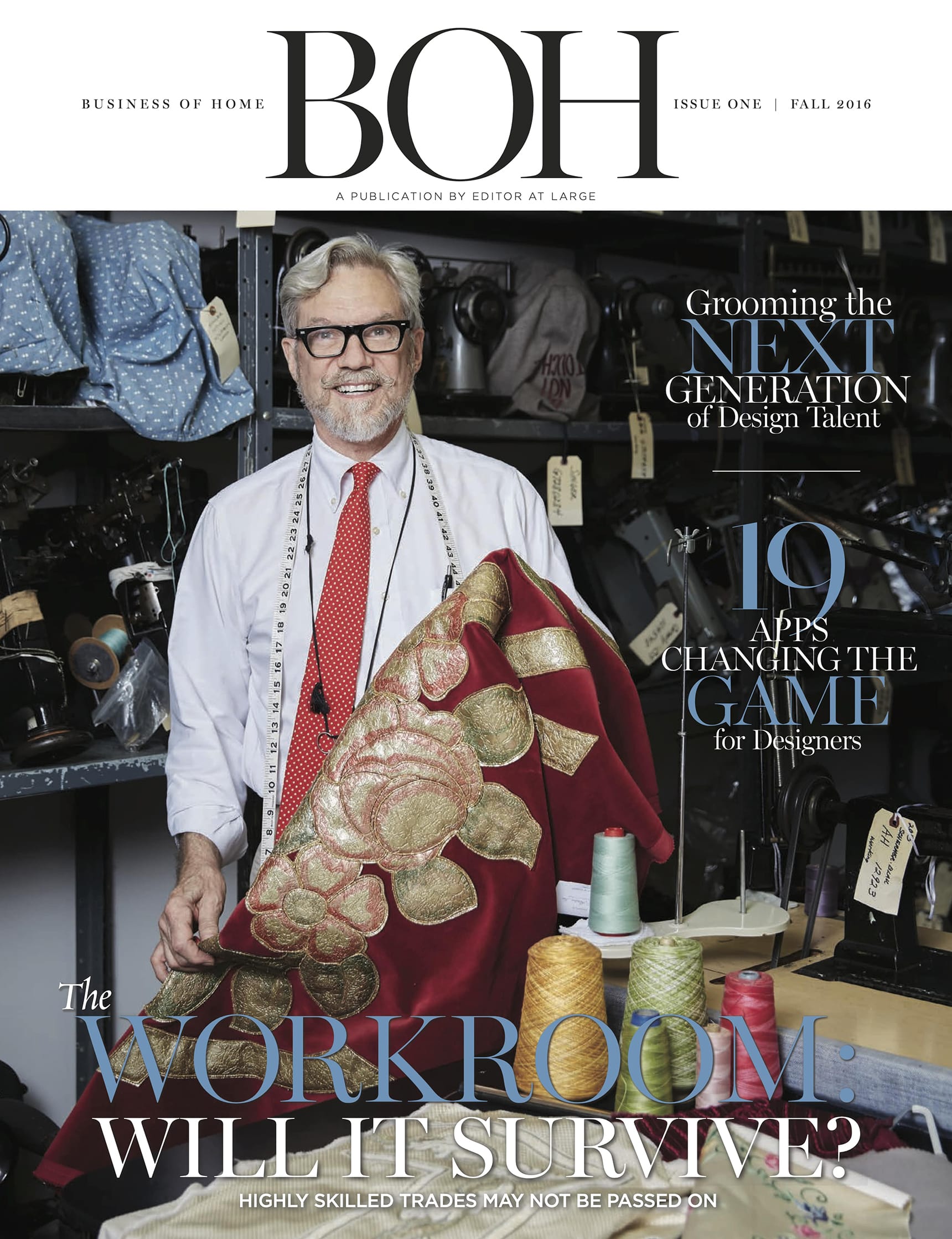After years of compromising his vision by working for someone else, Nile Johnson set himself free and founded his Philadelphia-based firm. Now he’s embracing the idea that his dream needs a team.
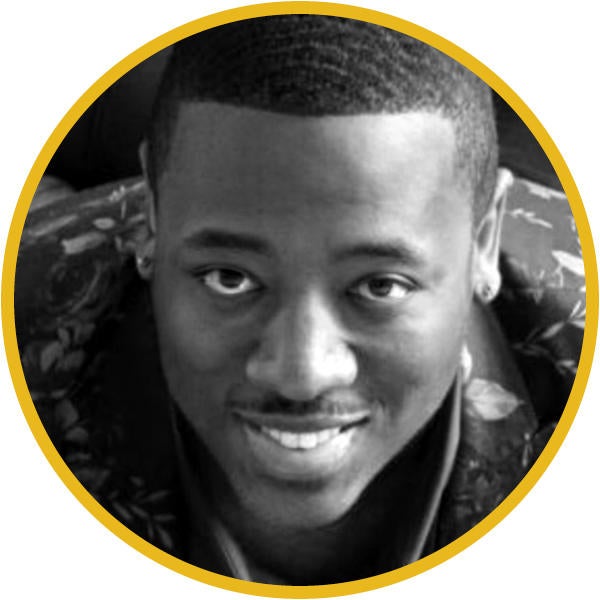
When you started your firm, did you have plans to grow the business beyond yourself?
I didn’t have any thoughts about it. I was in a position where I just did not want to work for anyone else anymore. Nobody got it the way that I wanted them to get it, or the way I wanted to do it. I was like, “You know what? The best thing I can do is do it myself.”
When did that start to change?
The decision to hire came out of scarcity and desperation. I never really felt like I was ready to do it, and then suddenly I was backed into a corner and desperately needed help. I was holding onto responsibilities and roles based on the belief that either I couldn’t afford anybody, or that nobody else could do it the way that I wanted to do it. I now know that a lot of that is my limiting beliefs—I wouldn’t allow myself to dream bigger. For years, I relied on interns. But even back then, one of my interns said to me, “It’s really hard for you to do what you’re supposed to do because you are stuck here doing what you need to do.” In that moment, I knew she was right, but I never moved. I got caught up feeling like I wasn’t worthy, and I just kept doing things myself.
What kind of team do you have today?
Right now, it’s just me and a junior designer, and I’m in the middle of secondround interviews to replace a project coordinator who left. It’s funny timing to talk about all of this because last night I realized that what I thought would be one position should actually be two or three.
How did that happen?
I went into it thinking we’d get a new project coordinator and I’d go back to what I was doing. Reflecting on what my needs are after the first round of interviews, I felt like three candidates were surfacing. I know I’m going to hire at least two, and I’ve realized that I need three.
What got you thinking differently?
Every candidate I talked to asked about the team. It wasn’t just about how many people I had working for me currently— they wanted to know what my future goals were, and about my vision. That has never happened in interviews for me in the past, and it made me think. Before, my project coordinator had been working part-time for me and also for another firm. But at one point I asked her, “Just for some insight, can you help me understand what it is that you’re doing at the other firm?” The job description was very similar to what she had been doing for me—plus simple bookkeeping. I was so surprised. It had never occurred to me to ask her to do that for me, or that I could even have someone who could tick both the project management and bookkeeping boxes. What would have happened if I had really let her do the job she was capable of but that I was afraid to give her? She could have taken on more responsibility, her hours could have grown—maybe she could have come on full-time, and maybe she would have stayed at the firm. Hearing that helped me get out of my own head and stop thinking that I have to do everything myself. Sometimes I have to take it to a place that’s so far out—I have to say to myself, “Let’s think about Ralph Lauren.” When you’d go to the Ralph Lauren section of a department store back in the day, everything was so perfectly branded. Now, did he go to every Macy’s and fold every Ralph Lauren sweater and position the stands so it had that Ralph Lauren look? No, it’s branded and it’s taught. He had to teach someone his brand, and then that person had to teach someone else. I have to tell myself all the time, “Nile, it’s possible. And the only thing standing in the way of that right now is you.”
How do you get out of your own way in practice?
It’s not an overnight thing. I had a friend who once sent me this really cool document that said, “Delegate or die.” It listed everything—it was at least 13 pages of small print with all the different businessrelated tasks like management, social media, and so on. It wasn’t for design specifically, but a lot of them crossed over. There were three columns: I have to do this, Someone else could probably do this and Someone else definitely can do this. It’s very interesting to go through that and check things off. This was back in 2015 or 2016, which tells you that I knew years ago that I needed to give up responsibility and grow. But it’s not so much the doing, it’s the believing and the thinking that gets in the way.
How are you thinking about it now, as you turn this one job into several?
I had to start considering some of my clients’ needs, even if they were needs that I didn’t personally want to deal with. I really do need someone who is grounded in project coordination, very detailed and process driven, who can offer up deliverables and create timelines. I’m seeing that need surface again and again, and I know I need someone who can support it. And then as the projects grow, the ordering process grows with it. With the amount of detail that I put into projects, where we could have more than 50 different vendors in one room, I need somebody to support that. Those were the two things that came up for me after the first round of interviews—the conversations with those candidate sparked that for me. So even if they all tank the second round and none of them gets hired, I still know what I need.
The third candidate is someone who’s more design focused. I always thought that I didn’t need somebody who wants to be a designer—but then I realized that I do, because there is a level of project that I still take on that maybe I don’t need to be completely involved in, or where I could be managing at a high level and have somebody to help with the details. It actually made me think of an interview you did a few years ago [as part of the 50 States Project series online] with two designers [Miranda Cullen and Devon Tobin] in Colorado, where they talked about their setup: They had their full-service firm, Duet Design Group, and then they had another business, Inside Stories, for their team to take on smaller jobs. They said, in essence, “We like being able to take on these smaller jobs, but we also recognize that we can’t personally be involved because our level of detail and how involved we like to be in a project really only serves us at a higher-end level.” That was an epiphany for me, and it helped me recognize that several different beliefs could coexist. I believe I should be compensated properly, I believe that my projects should be executed at this level, and I believe that I can only do projects executed at this level and be involved in them at the detail that I want to be and make it fair to the client and me if it’s X amount of dollars. But I also love these smaller projects, and I want to be involved in these projects in some way, but I need support for that. It was very eye-opening for me.
When you’re hiring, what is the second-round interview like?
The first round of questions is basic: Tell me about your background. What type of management style do you prefer? What are your salary requirements? In the second interview, I start with questions that dig a little bit deeper: What is the most difficult customer experience you have had? What has been the most rewarding professional experience in your career? And then the last questions I ask are more about the person: What is your spiritual practice—not in terms of religion, but what is your relationship with yourself? How do you keep yourself centered? What’s something that’s true that almost no one agrees with you on?
I also ask, What would you do in the event of a zombie apocalypse? You’re laughing, but it’s a good question. I once had a front-runner and when I got to those questions, she was like, “That’s a weird question.” And I knew it wouldn’t be a fit. It was like, “OK, nope. Thank you for your time.”
Is there a number-crunching phase to make sure three new hires will fit into your budget?
That’s the part that makes my palms sweat. I crunched the numbers and I was like, “Wow, that’s a whole lot I need to bring in every month if I’m going to have a team of this size.” But then I had to accept and own that. It’s scary, but it’s scary because I care about the people I’m hiring. That’s a good thing. And if I look at the projects that I was taking in 2012 and 2013 versus the projects I’m taking now, have they expanded and grown? Yes, they have. Has my firm risen to meet where I am now? I had to say to myself, “Can you support what it is that you’re trying to do at the level that you’re doing it now?” And the answer was no.
Needing a team to support the way you work now is so poignant—and it can sneak up on you! That happened to me too, and my first instinct was that it was some sort of personal shortcoming, rather than realizing that the circumstances I was operating in had changed.
It’s so easy to blame yourself. In terms of my creative process I had somebody say to me, “The time you need is the time you need.” That’s it. That’s just point blank, period. If you need eight weeks, then you need eight weeks. If you need 12 weeks, then you need 12 weeks. The team you need to support your work should be the same.
What are you envisioning for the size and shape your firm could take?
I know that I don’t want a huge empire of a firm, because that’s just not how I operate in daily life. I like intimate relationships. But I know the level of work that I want to do, too. I see there being about seven of us someday: two teams of three—where you’ve got a project coordinator, a design assistant and a designer or project manager—and then you have me. That’s the vision I have now.
Growth is a process that you can do on your own in some ways, but it’s a process that also requires community and engagement. A few years ago, I was talking about hiring with [Atlanta designer] Erika Ward and she said to me, “Here’s what I tell people when I’m interviewing: ‘When you put my name on your resume, you want it to mean something. I’m going to work hard so that it means something— but you want it to mean something too, and so how would you contribute to that?’” It gives me goosebumps to think about that.
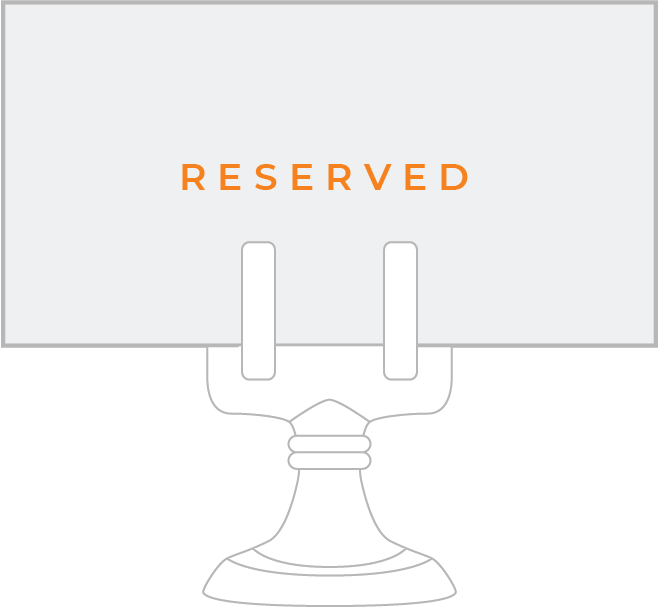
BOH subscribers and BOH Insiders.



















